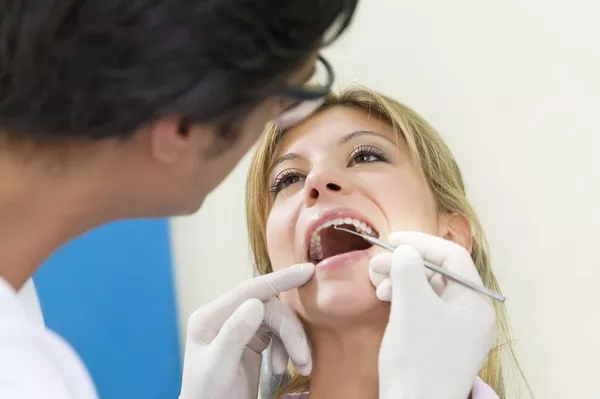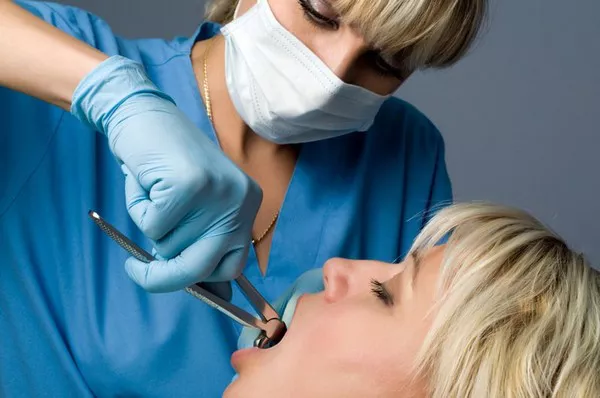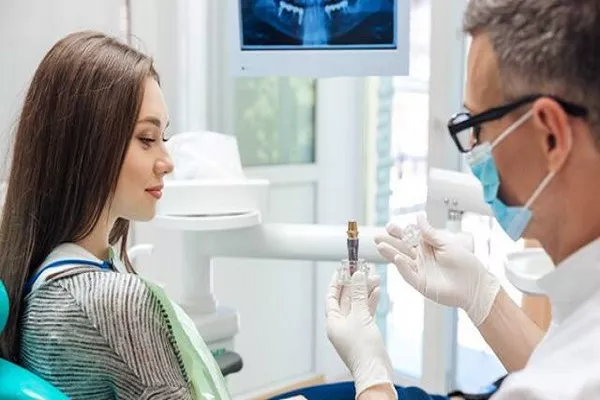A bright, white smile is often associated with good oral health and aesthetics. So, it’s natural to wonder why your teeth might appear yellow despite your diligent brushing efforts. In this article, we’ll delve into the common reasons why teeth may still appear yellow even when regular brushing is a part of your oral care routine. We’ll also explore effective strategies to combat tooth discoloration and achieve a brighter smile.
Understanding Tooth Color
Before we explore why teeth can appear yellow, it’s essential to understand tooth color variations. Natural tooth color can range from light grayish-white to pale yellow. Factors influencing tooth color include genetics, age, and the thickness of the enamel, the outer protective layer of the teeth.
Enamel is semi-translucent, allowing the yellowish dentin layer beneath it to influence tooth color. Additionally, lifestyle choices and oral hygiene practices play a significant role in the overall appearance of your teeth.
Common Reasons for Yellowing Teeth
Staining Foods and Beverages: Consuming highly pigmented foods and drinks such as coffee, tea, red wine, and dark-colored berries can stain tooth enamel over time, causing teeth to appear yellow.
Tobacco Use: Smoking or using smokeless tobacco can lead to tooth discoloration due to the tar and nicotine content in tobacco products.
Inadequate Brushing: Not brushing your teeth thoroughly or for the recommended two minutes can lead to the accumulation of plaque and surface stains, which can make teeth look yellow.
Aging: As you age, tooth enamel naturally wears down, revealing the dentin layer beneath, which can appear more yellow.
Genetics: Some individuals are genetically predisposed to have teeth with a yellowish hue.
Medical Conditions and Medications: Certain medical conditions and medications can affect tooth color. For example, tetracycline antibiotics can cause yellow or grayish-brown staining in developing teeth.
Fluorosis: Excessive fluoride intake during tooth development, often from water sources with high fluoride levels, can lead to enamel discoloration, with teeth appearing mottled or streaked.
Poor Oral Hygiene: Inadequate dental care, such as infrequent brushing and flossing, can result in plaque buildup and tooth discoloration.
Trauma: Tooth trauma, such as a blow to the mouth, can cause internal bleeding within the tooth, leading to a yellow or grayish appearance.
Tooth Grinding (Bruxism): Grinding or clenching your teeth can wear down enamel, making teeth look yellow over time.
Effective Strategies for a Whiter Smile
If you’re concerned about yellowing teeth, there are several strategies you can employ to achieve a whiter smile:
Professional Teeth Whitening: Consider professional teeth whitening procedures performed by a dentist. These treatments use specialized whitening agents and equipment to effectively remove surface stains and lighten the color of your teeth.
Whitening Toothpaste: Use a whitening toothpaste that contains mild abrasives or hydrogen peroxide to help remove surface stains. However, these toothpastes may not alter the intrinsic color of your teeth.
Regular Dental Check-Ups: Schedule regular dental check-ups and cleanings to remove plaque and tartar buildup, which can contribute to tooth discoloration.
Avoid Staining Foods and Beverages: Limit your consumption of foods and drinks that are known to stain teeth, or brush your teeth soon after consuming them.
Tobacco Cessation: Quit smoking or using tobacco products to prevent further tooth discoloration and improve overall oral health.
Proper Oral Hygiene: Maintain a consistent oral hygiene routine by brushing your teeth twice a day, flossing daily, and using an antiseptic mouthwash. This helps prevent plaque buildup and surface stains.
Modify Diet: Reduce your intake of staining foods and beverages. Drink water after consuming them to help rinse away potential staining agents.
Use a Straw: When drinking staining beverages like coffee or tea, use a straw to minimize contact with your teeth.
Dental Veneers: In cases of severe discoloration or staining that doesn’t respond to other treatments, dental veneers may be an option. Veneers are thin, custom-made shells that cover the front surface of teeth, providing a white and uniform appearance.
Consult Your Dentist: If you’re concerned about the color of your teeth, consult your dentist. They can assess your dental health and recommend appropriate treatments or procedures.
Conclusion
Yellowing teeth can be a common concern, but it’s essential to understand that tooth color can vary due to multiple factors, including genetics, lifestyle choices, and age. While diligent oral hygiene practices are crucial for maintaining a healthy smile, they may not always prevent tooth discoloration. If you’re unhappy with the color of your teeth, consult your dentist to discuss options for achieving a whiter and brighter smile. With the right approach and professional guidance, you can address tooth discoloration and regain confidence in your smile.
Related Topics:































